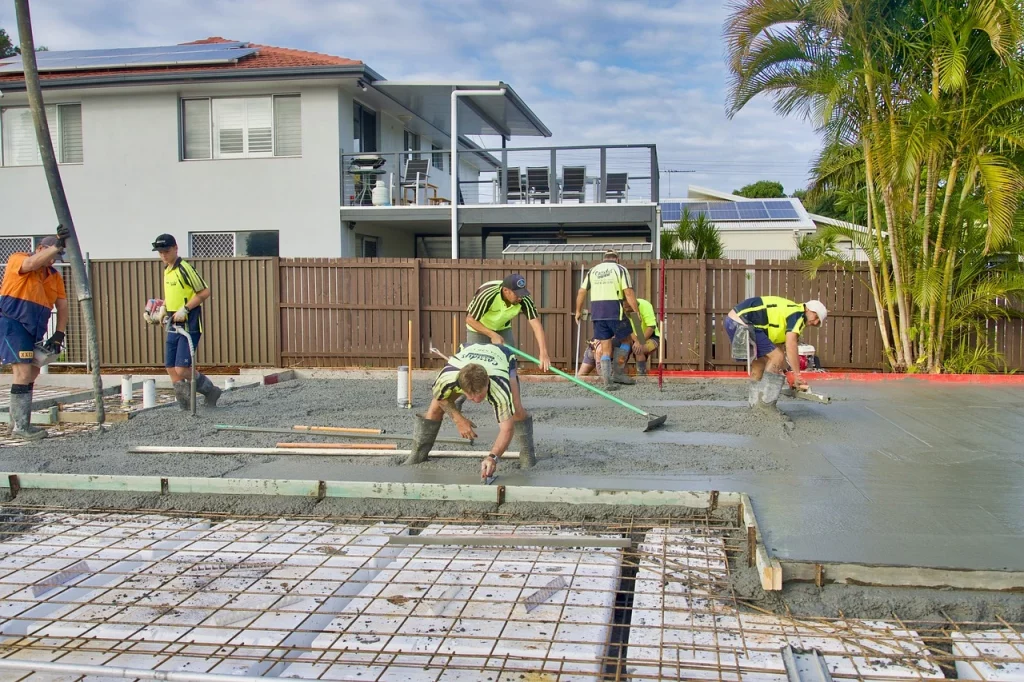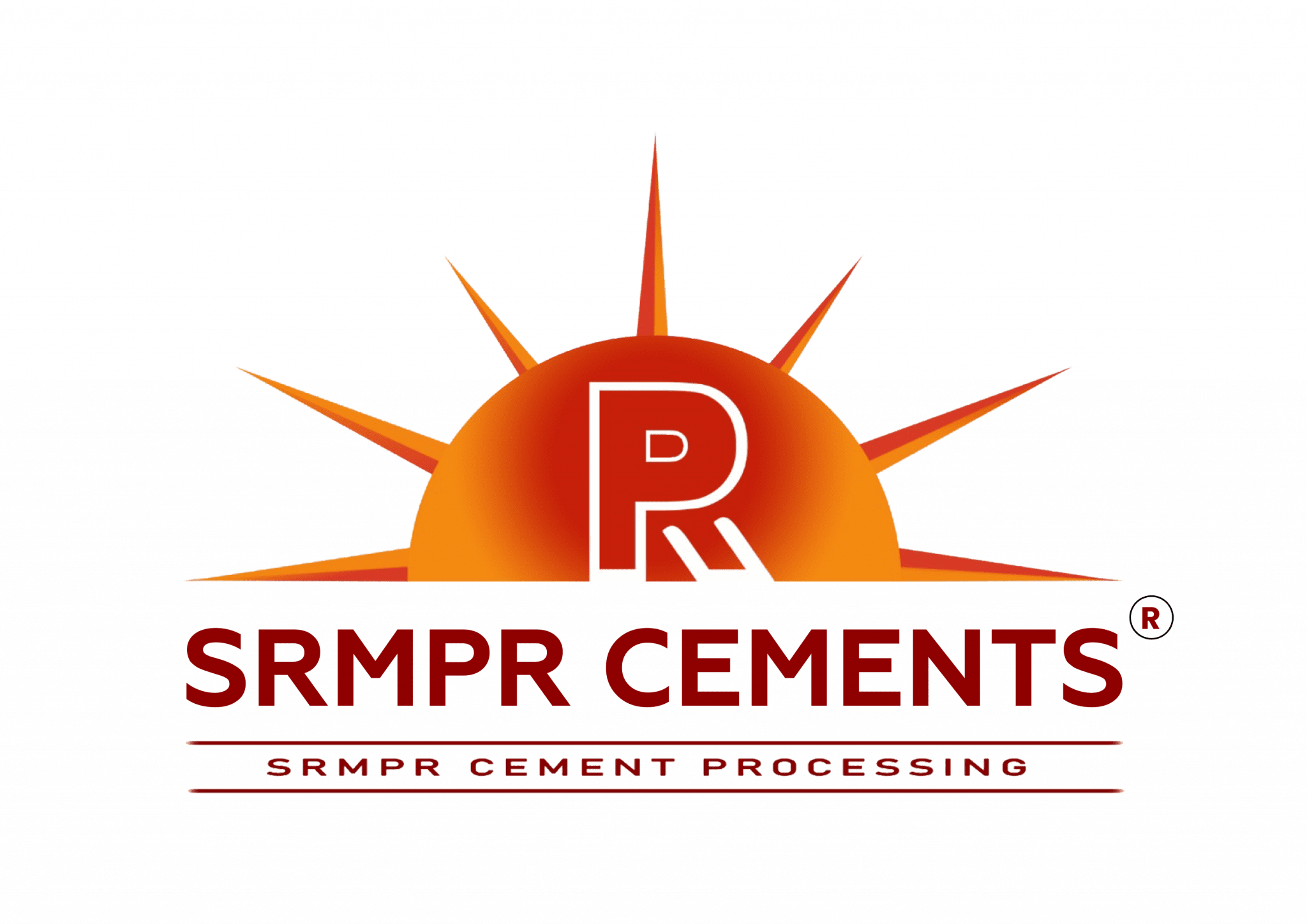When it comes to protecting your roof, selecting the right cement is essential for both longevity and safety. There are various varieties of cement available, each fulfilling an independent role. Consider numerous aspects before making a decision, including climate, roof material, and application method. Assessing these parameters guarantees that you choose the best cement for your roofing requirements, ensuring durability and structural integrity. Understanding the importance of selecting the right cement and considering key elements will help you extend the lifespan and durability of your roof, protecting your property from any potential damage.
The Science of Cement for Roofing
Composition and Types:
Roofing cement is an essential component for guaranteeing the strength and resilience of your roof. Understanding its makeup and the various types available will help you make an informed decision. Ordinary Portland Cement (OPC), Portland Pozzolana Cement (PPC), and Sulphate Resistant Cement (SRC) are the three main types of cement used in roofing. Each type has distinct ingredients and is suitable for a variety of roofing applications.
OPC (Ordinary Portland Cement):
OPC is the most often used cement in roofing due to its versatility and availability. It is mostly made of limestone, clay, and gypsum, making it suited for a variety of weather situations. However, OPC may not be the best option for areas with high sulphate concentrations in the soil because it can rot with time.
Portland Pozzolana Cement (PPC):
PPC is a combination of OPC with pozzolanic elements like fly ash or volcanic ash. This form of cement has increased durability and resistance to chemical attacks, and it is frequently used for roofing in polluted environments. PPC is also known for its capacity to lower the heat of hydration, making it ideal for hot areas.
SRC (sulphate-resistant cement):
SRC is designed to withstand sulphate attacks, making it appropriate for roofs exposed to extreme weather conditions or places with high sulphate levels in the soil. It has a higher amount of tricalcium aluminate, which increases resistance to sulphates and ensures long-term durability.
Pros and Cons for Each Type
Durability:
Although OPC is commonly used and has decent durability, SRC surpasses it in terms of sulphate resistance. PPC’s pozzolanic materials provide increased durability and resistance to chemical attacks.
Cost-effectiveness:
In most cases, OPC is less expensive than PPC and SRC. However, given the long-term benefits, PPC and SRC may prove to be more cost-effective because of their higher endurance, particularly in harsh situations.
Environmental Resistance:
While all three forms of cement have varied degrees of environmental resistance, SRC is distinguished by its high resistance to sulphate attacks, making it appropriate for hard climates and settings.
Expert Recommendations
Before deciding on a type of cement for your roofing project, experts advise you to consider specific requirements and environmental conditions. For locations with high sulphate concentration or exposure to chemical contaminants, SRC is frequently recommended due to its higher resistance. In more moderate situations, OPC or PPC may suffice, with PPC providing additional benefits such as lower heat of hydration. Finally, consultation with roofing professionals can provide valuable insights into picking the best cement type for your roofing needs, assuring durability and performance.
Practical Considerations in Cement Selection:
Environmental elements, such as geography and climate, are essential in selecting the right roof cement. In high-rainfall areas with regular moisture exposure, using cement with strong waterproofing qualities is critical to preventing leaks and damage. Coastal areas require cement that can withstand seawater corrosion and high humidity. Similarly, in areas with high-temperature fluctuations, using a cement type resistant to thermal expansion and contraction ensures long-term stability and performance.
Roof Design and Material Compatibility:
Matching the cement type to the roof design and materials is vital for ensuring structural integrity. Flexible and waterproof cements are better for flat roofs because they allow for movement and prevent water from accumulating. To securely secure roofing materials on a sloping roof, cement with high adhesive qualities may be required. Additionally, compatibility with reinforcement materials such as mesh or fibres increases the roof’s overall strength and longevity.
Conclusion:
When choosing roof cement, it’s important to consider both price limits and expected longevity. While low-cost alternatives such as Ordinary Portland Cement (OPC) may appear appealing at first, long-term maintenance expenses must be considered. Investing in higher-quality cement types such as Portland Pozzolana Cement (PPC) or Sulphate Resisting Cement (SRC) might result in lower long-term maintenance costs, extending the roof’s lifespan and reducing the need for repairs. Evaluating the trade-offs between upfront costs and future advantages assists in making an informed decision.
Choose SRMPR Cements for your roofing needs because of their unmatched quality and dependability. With a reputation for excellence, SRMPR Cements provide outstanding durability, resistance to weather variables, and compatibility with a wide range of roof designs and materials. Trust SRMPR Cements to give long-term protection for your property, ensuring both peace of mind and financial value.
FAQs
1. What is the most cost-effective cement for roofing?
The most cost-effective cement for roofing is Ordinary Portland Cement (OPC), offered by SRMPR Cements.
2. How often should I inspect my cement roof for maintenance?
Inspect your cement roof annually for maintenance to ensure its longevity and performance.
3. Can I apply new cement over an old cement roof?
Yes, you can apply new cement over an old cement roof, preferably using a compatible cement type like those from SRMPR Cements.
4. Are there any eco-friendly cement options for roofing?
SRMPR Cements offers eco-friendly options like Portland Pozzolana Cement (PPC), which utilizes industrial by-products, reducing environmental impact.
5. How does climate impact the choice of roofing cement?
Climate impacts the choice of roofing cement by influencing factors like durability and resistance to weather conditions, making SRMPR Cements a reliable choice tailored to different climates.



